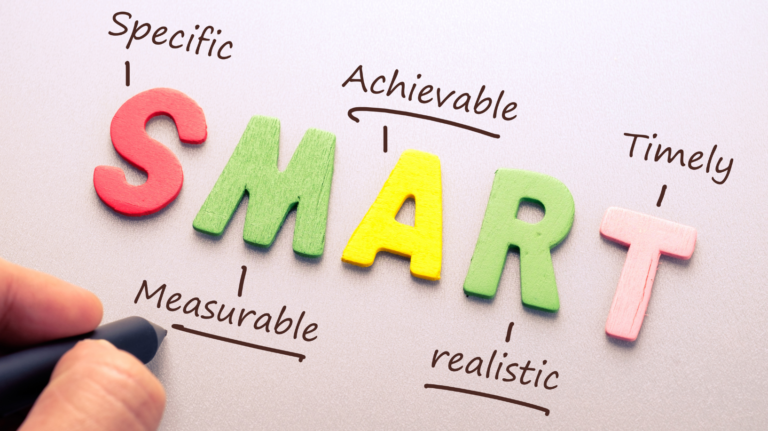KPIs to Measure Success on Social Media
Social media is an essential channel for small businesses and third-sector organizations. However, to truly benefit from it, it is crucial to know how to measure success on social media and determine if the actions we take are bringing us closer to our goals. This is where KPIs (Key Performance Indicators) come into play.
In this article, we explain what KPIs are, which ones are most relevant for small organizations, and how you can use them to make better-informed decisions.
WHAT ARE KPIS AND WHY ARE THEY IMPORTANT?
KPIs (Key Performance Indicators) are measurable indicators that help us assess the effectiveness of the actions we take on social media. They allow us to determine if we are achieving our goals: increasing visibility, generating interaction, driving traffic to our website, or gaining new supporters and collaborations.
However, without data, it’s difficult to know what works and what doesn’t. For this reason, these indicators provide us with objective information that helps adjust the strategy and optimize available resources.
HOW TO DEFINE CLEAR OBJECTIVES FOR YOUR KPIS
Your social media KPIs should always be linked to an overarching strategic goal. Ask yourself: what is the ultimate objective? Below, we provide some examples of how to translate a general goal into concrete indicators.
TABLE OF EXAMPLES: FROM OBJECTIVE TO KPI
| General Objective | Recommended KPIs |
| Increase brand awareness | Reach, Impressions, Mentions, Views |
| Drive traffic to the website | Clicks on links, Sessions from social media |
| Gain new followers or contacts | Community growth, Form submissions, New followers |
| Generate engagement with the community | Likes, Comments, Shares, Engagement rate, Interaction rate |
| Increase conversions or sales | Conversion rate, Clicks on landing pages, Trackable sales |
ESSENTIAL KPIS FOR SMALL ORGANIZATIONS
Here is a selection of basic but powerful KPIs, ideal for getting started in measuring performance on social media.
- Reach: Measures how many people have seen a post. It helps you understand if your content is reaching your target audience or if you need to boost its exposure.
- Impressions: This refers to the number of times the content or an ad appears on a page or platform, regardless of whether the user interacts with it. This metric includes all views, whether by the same user multiple times or by different users.
- Engagement: Counts all the actions users take, such as likes, comments, shares, and clicks. It is a reflection of how engaged your audience is with your content.
- Engagement Rate: This is the percentage of interactions in relation to the number of followers or the reach of the post. It’s useful for comparing content with different reach levels.
- Clicks on Links: If your goal is to drive people to your website, a campaign, or a sign-up page, this KPI tells you whether your call to action (CTAs) are working.
- Conversion: This is the most direct KPI: it measures how many people have done what you intended them to do (sign up, purchase, donate, etc.).
CONCLUSION: MEASURE TO GROW WITH PURPOSE
Social media is a powerful tool. However, without a data-driven strategy, its impact will not be as desired. Therefore, defining clear objectives and identifying the right KPIs not only allows you to measure success on social media but also helps you focus on what truly matters, make informed decisions, and optimize your communication efforts. As a result, for small businesses and third-sector organizations, this means working more efficiently and better utilizing available resources.
At teclaSocial, we help you define your objectives, identify the most useful KPIs, and translate data into concrete actions to help grow your project in the digital world.
teclaSocial, digital commitment.







